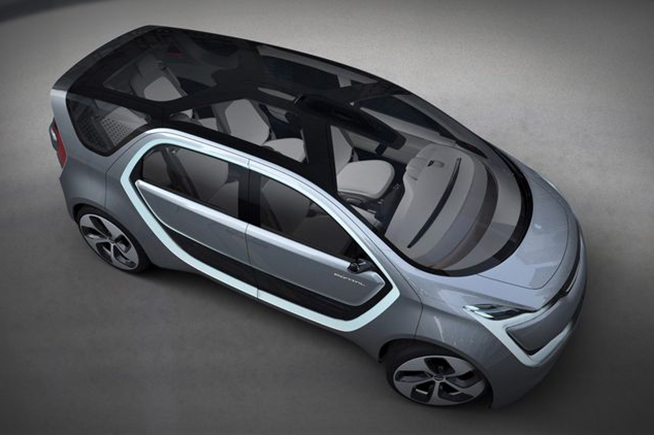Japanese company is developing a new electric car with self-driving support. But in case of danger, humans will be the ones to remote control it
Nissan also joins the list of automakers in the process of developing a self-driving vehicle. The Japanese company has partnered with NASA, the U.S. aeronautical agency, to create a very special self-driving system.
In comparison to other companies, Nissan has an advantage. In fact, it will insert the autopilot inside the Nissan Leaf, the electric car model that has already been on the market for a couple of years. The Japanese company's plan is to launch the new version of the Nissan Leaf on the market within a couple of years. The technology developed by Nissan, however, is very unique and involves human intervention. When the car will be stuck in a dangerous situation, a person will remotely take control of the situation and allow the vehicle to overcome the obstacle with ease.
The partnership with Nasa
To develop this self-driving system, Nissan asked NASA for help. In fact, the U.S. agency uses a similar system to manage space robots remotely. The Japanese company called this SAM technology "seamless autonomous mobility" and it allows people to take control of the vehicle in case of danger. For example, if the self-driving electric vehicle gets stuck in traffic and can't follow a traffic warden's directions, the car will call for help from humans who will remotely handle the "panic" moment.
New job prospects for humans
Nissan's goal is to decrease the number of unemployed that self-driving cars and trucks will create. Tra qualche lavori come l’autista o il camionista non saranno più richiesti e il pericolo che il numero di disoccupati aumenti è molto reale. Con il nuovo sistema di guida autonoma gli autisti potranno ottenere un lavoro da “scrivania” gestendo veicoli a guida autonoma nei momenti di pericolo.
Secondo i piani di Nissan, l’auto elettrica a guida autonoma dovrebbe debuttare entro il 2018 in autostrada e nel 2020 nelle strade cittadine.
 Fonte foto: web
Fonte foto: web
Scopri tutto sulla concept car presentata da FCA al CES 2017 cliccando sull’immagine
